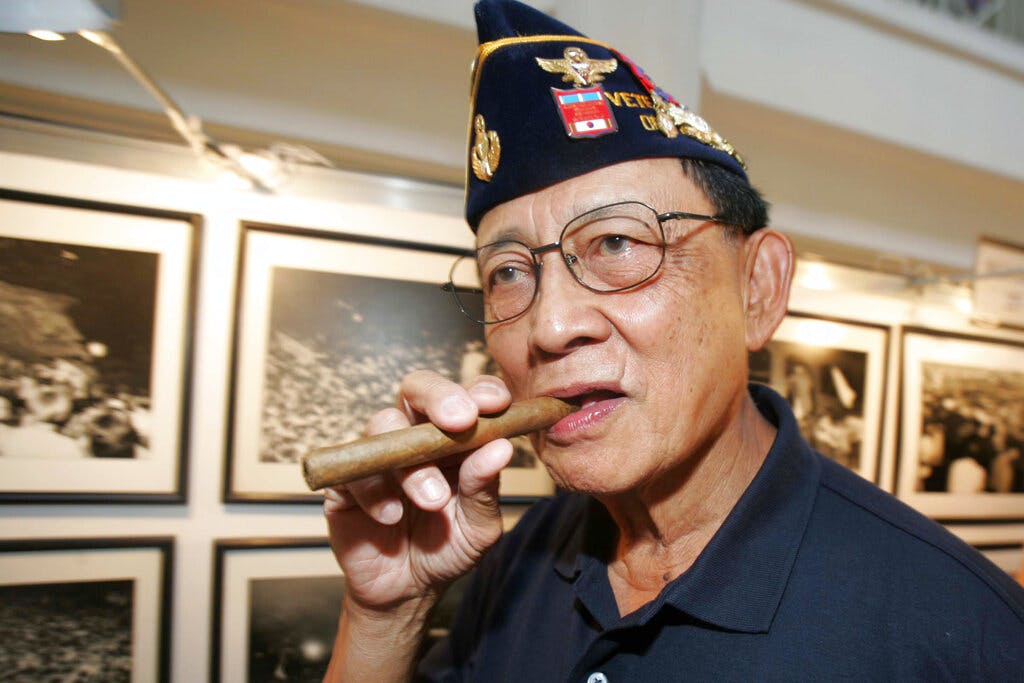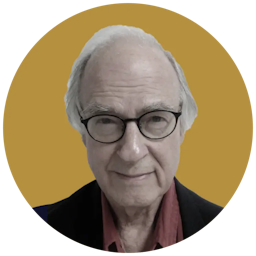Fidel Ramos, Who Sided With the Good in the Philippines, Is Dead at 94
A West Point-educated general, Ramos helped change the course of his country’s history — only to see it come full circle.

Fidel Ramos was a straight-talking general, a West Point graduate, and a veteran of both Korea and Vietnam — just the man to ensure the victory of good over evil in the upheaval of 1986 that changed the course of Philippine history. That’s my abiding memory of Ramos, who died at Manila on Sunday at the age of 94 after a career as a soldier-statesman.
I encountered Ramos numerous times while covering the Philippines’ People Power revolution that erupted between 1985 and 1986 and that resulted in the election of the widow Corazon Aquino as president, and the exile to Hawaii of Ferdinand Marcos, his wife Imelda, his son and two daughters, and numerous cronies.
At last justice had triumphed after the assassination in 1983 of Aquino’s husband, Benigno, a one-time senator gunned down while getting off a plane bringing him home from three years in America during which he had relentlessly criticized the Marcos dictatorship.
As a general, Ramos had enforced martial law under Marcos, but his decision to side with Aquino against Marcos tipped the balance, leading to the demise of the Marcos regime as hundreds of thousands took to the streets in a bloodless revolution.
I saw Ramos in his office at the height of the revolution issuing orders, plotting to get rid of Marcos; and I saw him again as Aquino’s defense minister, fending off coup attempts against her during her six years as president. Back in the Philippines, while working on a book, I encountered him regularly at Malacañang Palace, when in the 1990s he himself was president.
His door was open for foreign as well as Philippine journalists, and he talked firmly and clearly about the economic reform that he was promoting while fighting to clean up the corruption endemic in Philippine governance, politics, and business. Ramos might have run again in 1998, but the constitution imposed after Aquino’s triumph banned the president from a second term.
The glories of People Power faded after Ramos stepped down. His successor, Joseph “Erap” Estrada, a film actor whose popularity on the screen translated into votes, lasted only three years before he was impeached in People Power II, another revolution on the streets.
He was succeeded by Gloria Macapagal Arroyo, who had been vice president. Arroyo, after completing Erap’s term and then serving another full term, was herself immersed in corruption scandals. Her successor, Benigno “Noynoy” Aquino III, son of Benigno and Corazon Aquino, was well-meaning but weak, battling corruption but failing to curb rampant drug abuse.
The stage was set for the strongman, Rodrigo Duterte, whose solution to the drug problem was to urge the killing of miscreants with or without legal authority. Mr. Duterte authorized the burial of the remains of Ferdinand Marcos, who had died in Honolulu in 1989, in the National Heroes’ Cemetery.
The Marcos family waged an unremitting campaign to clean up his legacy and get his son, Ferdinand “Bongbong” Marcos, elected president in May. Fidel Ramos by that time was suffering from dementia, hardly aware of what was going on.
It was as though the Philippines had come full circle since those days of glory when Ramos led the country through revolution and reform before the onset of a new era of corruption and nepotism against which he had fought so valiantly.

